
Stomach cancer is an aggressive malignant disease which is sometimes hard to treat, especially if it is diagnosed in advanced stages of the disease.Types of Stomach Cancer
Even though there are several histological types of stomach cancer, patients are most commonly diagnosed with gastric adenocarcinoma. This type of stomach cancer is more reported in men and affects many people in Japan, Chile and Iceland while its incidence in the United States actually is not that high. The number of newly diagnosed patients seems to decrease each year and this can be explained by less consumption of salted and smoked foods. Such food is consumed in large amounts by people living in Japan, Chile and Iceland which explains why these countries have high incidence of gastric adenocarcinoma.
Risk of gastric cancer is high in people with a family history of the disease, patients with previous infection caused by Helicobacter pylori and patients who have been suffering from chronic atrophic gastritis and pernicious anemia. Gastric cancer also occurs in people with a history of an adenomatous polyp (especially if it is larger than 2cm).
Endoscopy for Stomach Cancer
Apart from taking patient's history, performing a physical exam as well as other tests and exams such as blood test, a barium swallow etc. one of the most powerful tools for diagnosing gastric cancer is endoscopic examination.
The very procedure includes insertion of a thin and flexible tube through the patient's mouth and esophagus and down to the stomach. At the end of the tube there is a tiny little camera which helps doctors examine the entire surface of the stomach and search for any lesions.
Endoscopy may reveal advanced tumors as well as tiny lesions which are biopted and sent for pathohistological examination. The examination may also confirm the presence of gastric obstruction (characteristic for advanced stages of gastric cancer).
The stomach must be completely empty and contain neither food nor fluids. This is why all patients are supposed not to eat or drink anything at least 4 hours prior to endoscopy.
The exam is not so pleasant so patients are mildly sedated in order to feel relaxed. The throat is numbed with an anesthetic.
Endoscopy does not take long, approximately 10 minutes. The effects of sedatives may take some time to wear off so it is best to have somebody coming with the patient and drive him/her home.
The throat may be sore for a couple of days but there are no other complications associated with the procedure.
Finally, once stomach cancer is confirmed, doctors may perform several more tests and exams such as CT scan or MRI of the abdomen and other parts of the body, stage the disease and opt for the best possible treatment.


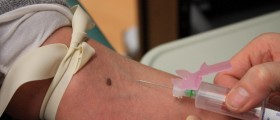



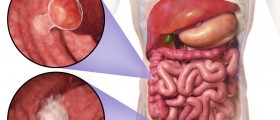

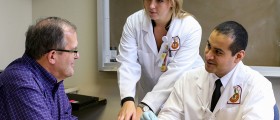

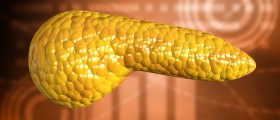



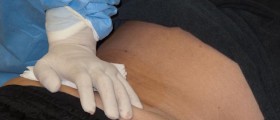
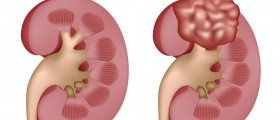
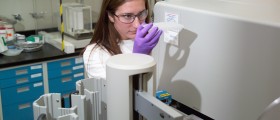
Your thoughts on this
Loading...